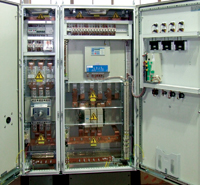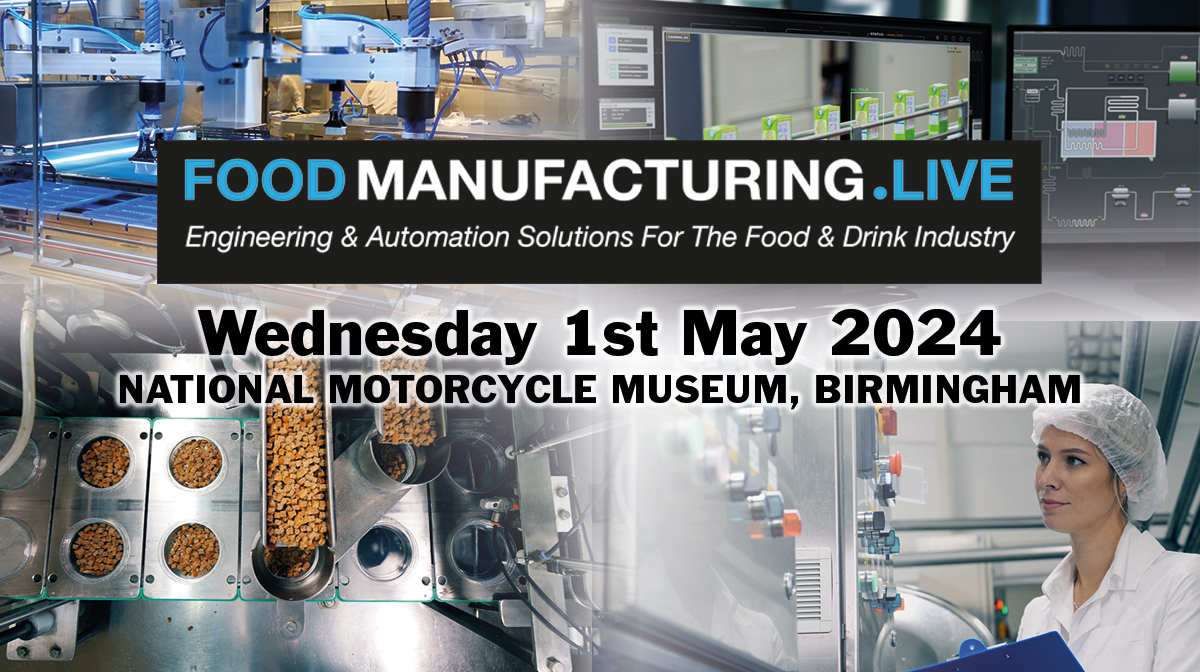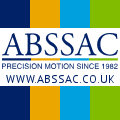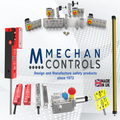
Posted to News on 20th Jun 2012, 00:00
Softly softly
Stuart Harvey, managing director of Softstart UK, puts soft starters into context in the spread of motor starting and driving options, and looks at how this technology offers significant benefits over the alternatives.

>Across the spectrum of industrial applications, more and more plant operators are reaping the benefits of soft starters to save energy by stopping intermittent duty motors when they are not needed, rather than leaving them idling between duty cycles. Leaving these motors idling has traditionally helped to reduce wear and tear on the mechanical and electro mechanical elements of a drive system at start up. But soft starters bring you the best of both worlds: reduced energy usage and the ability to bring the motor up to speed far more smoothly than direct-on-line starting.
>Why should this be so? A direct-on-line starter connects the motor terminals directly to the power supply. Really only suitable for motors below 3kW, it is a starting technique characterised by a high inrush current that is typically four times the normal running current and which may reach up to eight times the normal running current. So while the simplicity of the solution might lend it to the likes of pumps, compressors, fans and conveyors, that inrush current can really be problematic. First off, can the supply handle the required current? Then there are the application-related problems. In conveyors it can cause juddering during start-up, while in pumps it can cause pressure hammers.
>These mechanical shocks can quickly lead to wear and early failure of important and costly components, with all the related problems of unplanned downtime. Alternatively, if motors are left idling to eliminate the mechanical shocks caused by the inrush currents, energy consumption is increased significantly - not ideal in these days of high energy costs and carbon related taxation.
>A commonly used alternative is the star-delta starter. This starts the motor in a star configuration, and then switches the motor to delta connection when it has gained sufficient speed, enabling the motor to run at its full speed and torque from then on. Starting the motor in star mode reduces the voltage applied to the motor windings and the current drawn through them by a factor of the root of three of the normal running current, which means overall power is reduced by a third. Although the inrush current is therefore reduced - and starting is thus smoother - it also means that the total output torque is reduced by a third, potentially limiting the load. Many applications will not need full torque at start up, but it is certainly a consideration.
>In addition, the switch from star connection to delta connection has to take place via a timer changeover, and the connection to the supply in delta configuration can result in voltage spikes and transient currents which, while they only last a few milliseconds, can still cause mechanical shocks and related wear. It may not be as severe as with direct-on-line starting, but it is still significant.
>Smooth, transient-free starting
>For truly smooth motor starting, and with the high degree of motor protection, the soft starter really comes to the fore. The soft starter is much more flexible than either direct-on-line starting or star-delta connection, and produces a smooth start with no risk of transients. The soft starter works by adjusting the voltage applied to the motor during the starting period, so that the current and torque characteristics can be smooth and controlled to better suit the load torque. The applied voltage can be regulated from the initial/pedestal voltage up to the line voltage. Unlike an inverter, the soft starter does not change the frequency of the voltage applied to the motor. Line frequency is always applied, and only the voltage changes.
>During starting, the current varies directly with the applied voltage, while torque is reduced as the square of the applied voltage. However the adjustment of the initial voltage and a feature such as kick start ensures no starting problems due to a lack of torque. As well as eliminating inrush currents and associated mechanical shocks, soft starters can also offer the ability to bring motors up to speed in a smooth, stepless ramp up in speed. Once the motor is up to speed, a bypass contactor is switched into the circuit - either within the soft starter itself or using an external bypass contactor.
>Because starting the motor is now smooth and transient-free, there is no longer any need to leave the motor idling between duty cycles. In a non-critical application, the motor could be allowed to freewheel to a stop, and the stopping time will be dependent on the load. If this coast to rest period is excessively long, soft starters can either soft stop or use a soft braking technology, such as DC injection braking.
>It has been suggested that in these days of cheap and plentiful inverters, it must surely be more cost-effective to use a basic variable speed drive instead of a soft starter, and potentially reap the rewards of all the additional functions that are on offer. However, the apparent cost parity between soft starters and inverters is only true at the lowest end of the power bands. Beyond around 7kW, the soft starter is a far more cost effective option and choosing the most appropriate solution depends on the specific application requirements.
>In terms of starting the motor, the inverter principle diverges from the soft starter in that the AC line voltage is first converted to a DC voltage and then back to AC where voltage, current, frequency and torque can all be directly controlled. Most often the goal is to deliver constant torque while starting by varying the voltage in direct proportion to the frequency, with the constant torque representing the full load or rated torque of the motor. Thus the variable speed drive can reliably and effectively start far more challenging loads than a soft starter in a lower current limit. Beyond the start function, while the motor's operating speed is fixed by the line frequency when using a soft starter, with an inverter the motor speed can be precisely adjusted anywhere from 0Hz to extremely high rotational speeds (frequencies) as needed.
>So which is best in a given application? In applications where a defined acceleration time is important, where a very low current limit during starting is required and the application demands variable speeds, an inverter is the only real choice. But where the motor speed is fixed - as is the case in many fan, pump, compressor, shredders, hammer mills and conveyor applications - the soft starter will, in the vast majority of cases, provide the most cost-effective and best starting option by some considerable margin, and still deliver almost all of the energy saving benefits afforded by inverter technology.


















